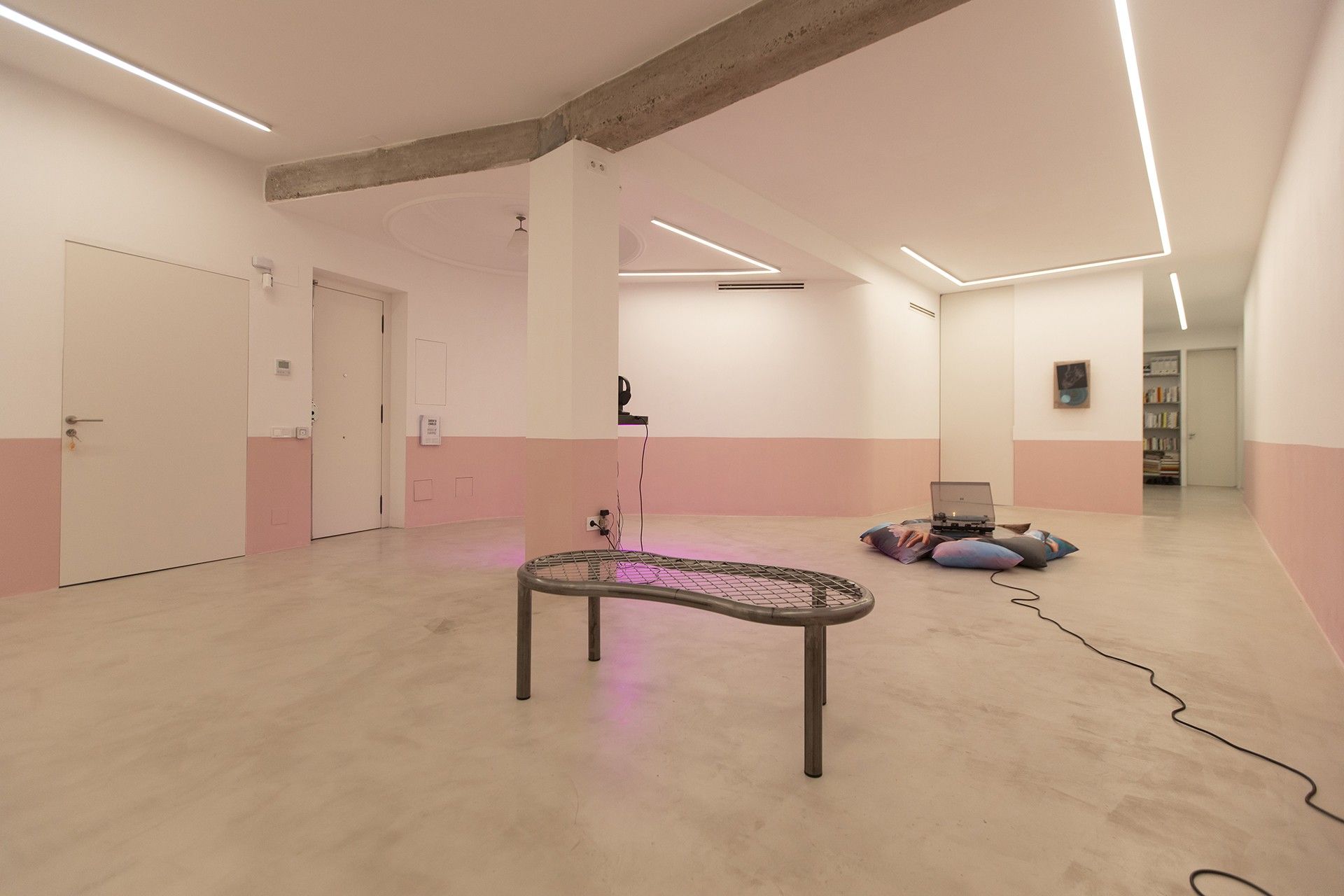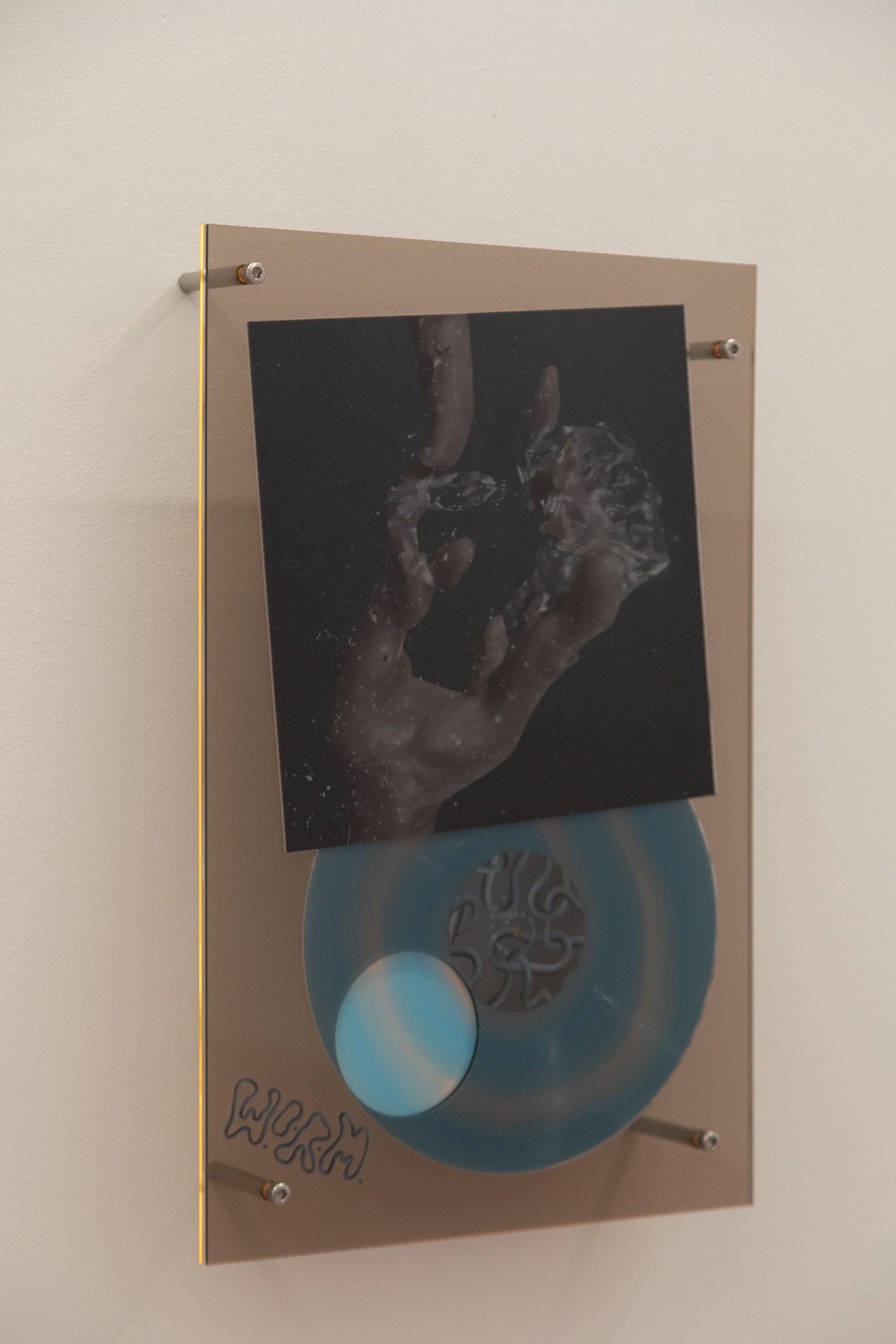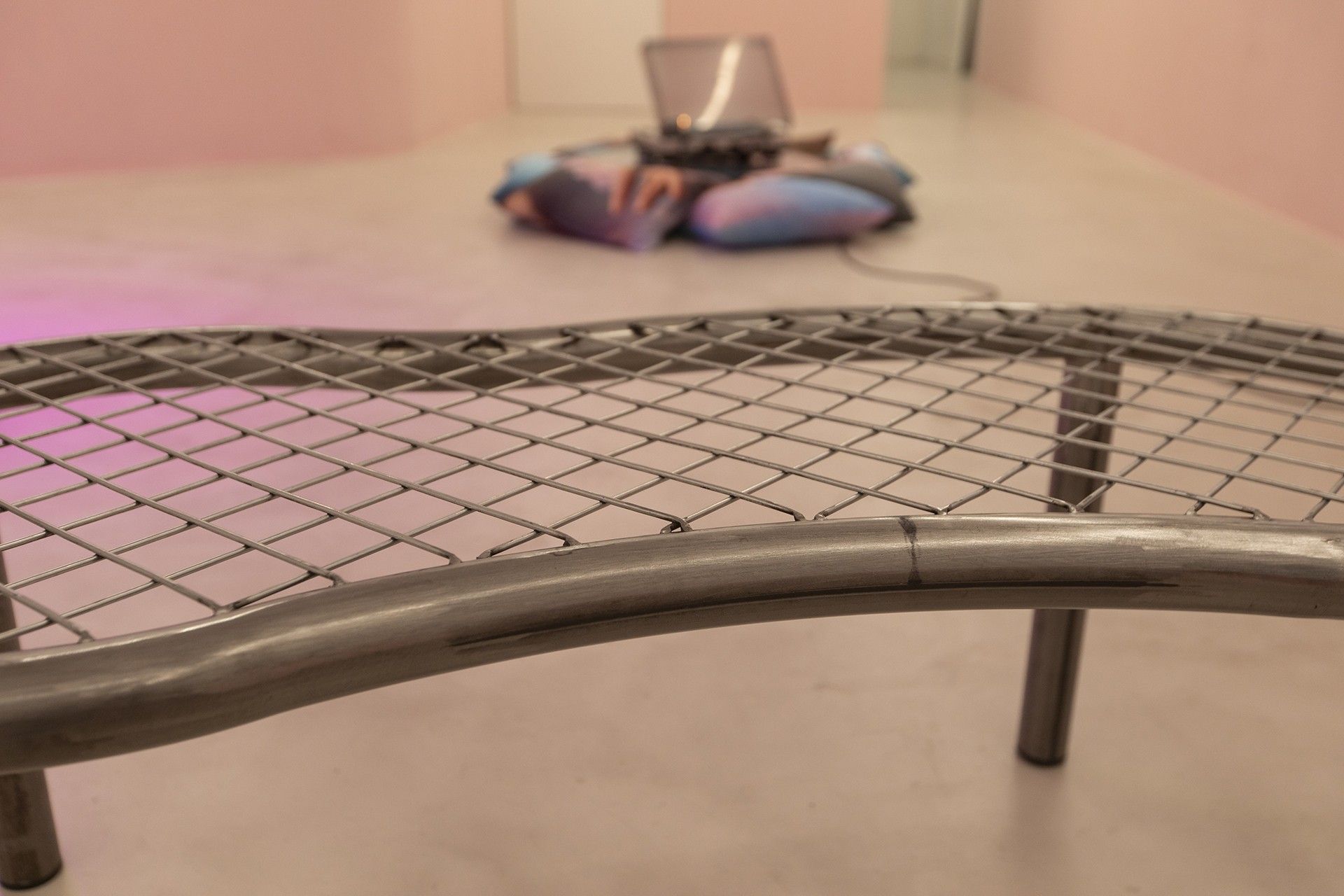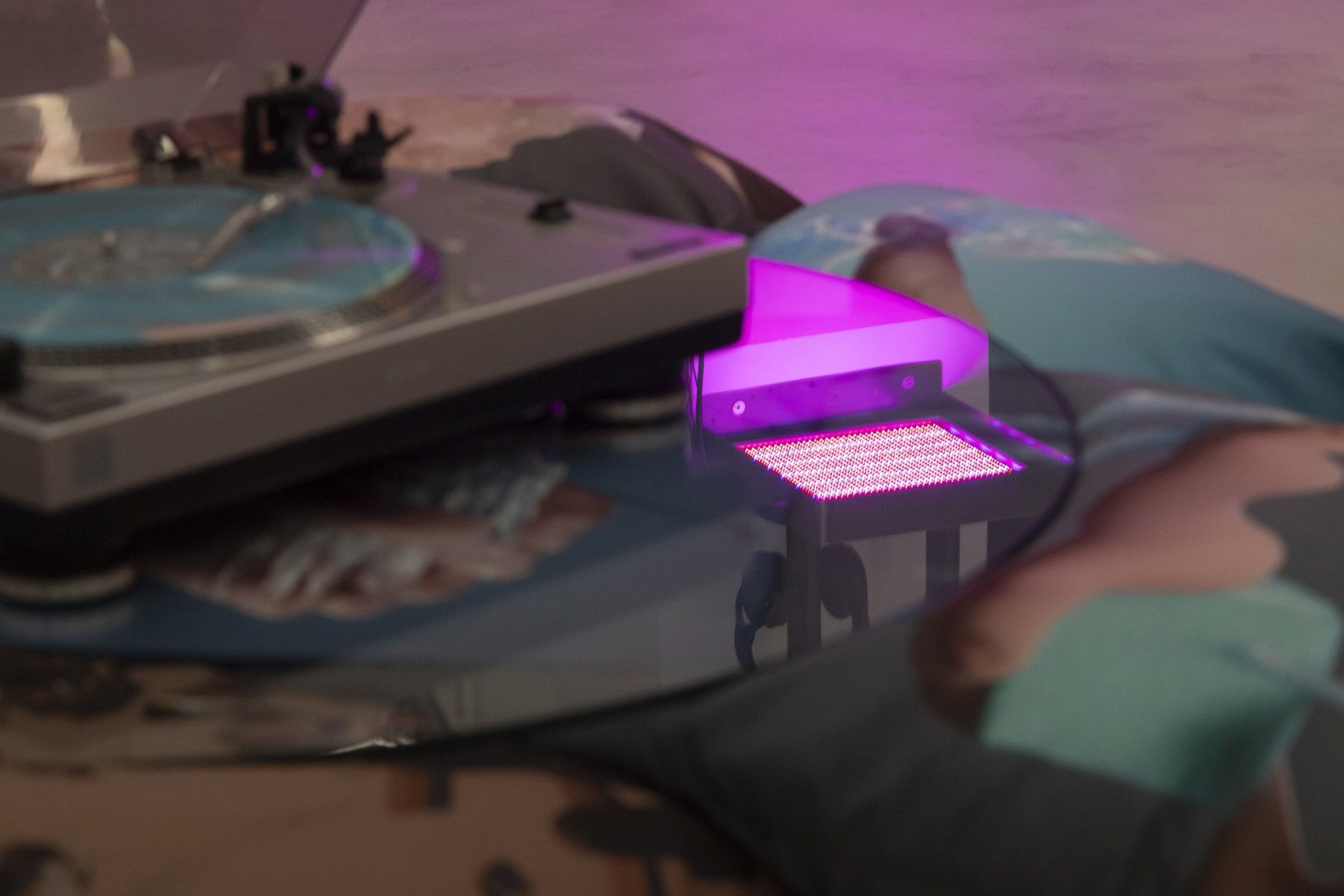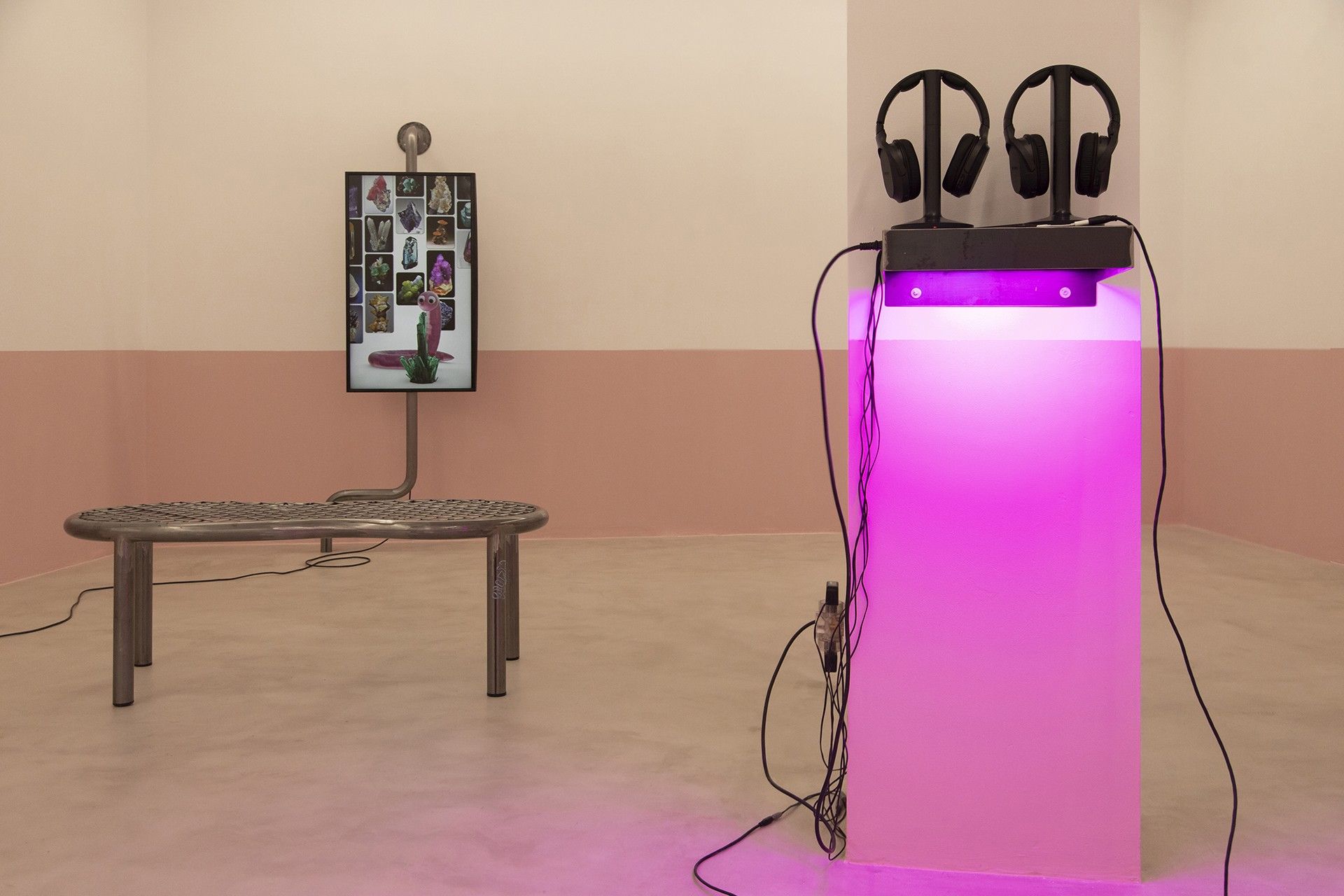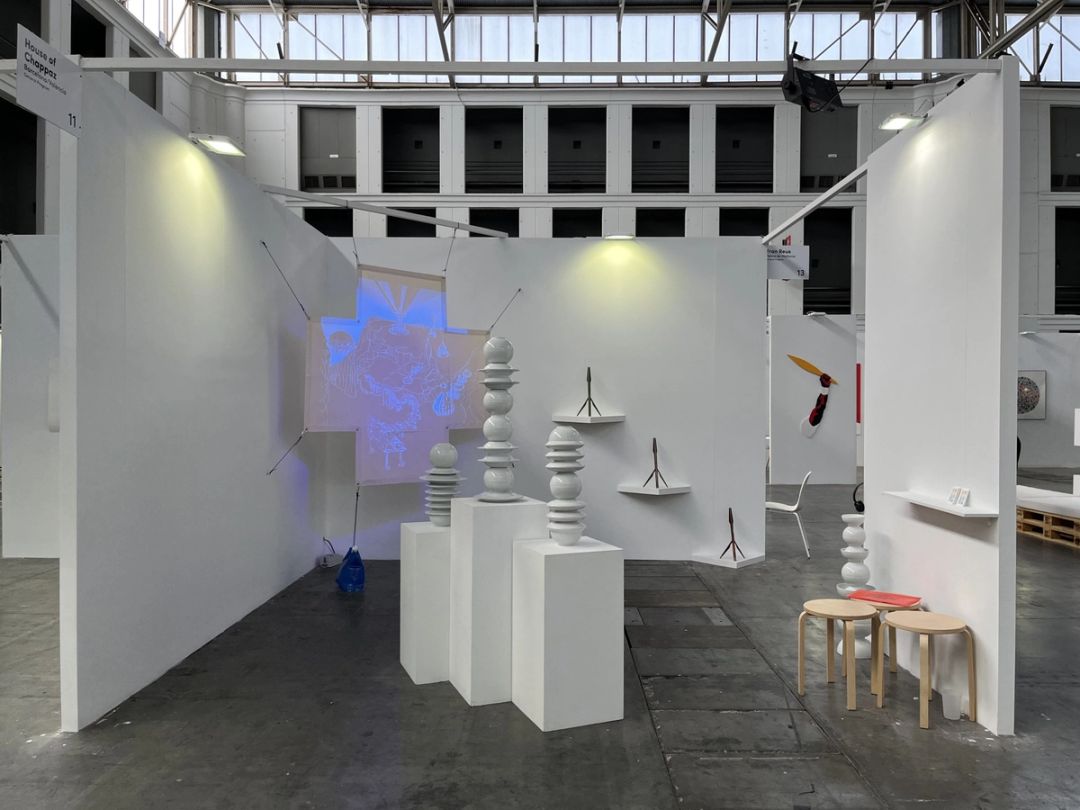W.O.R.M.
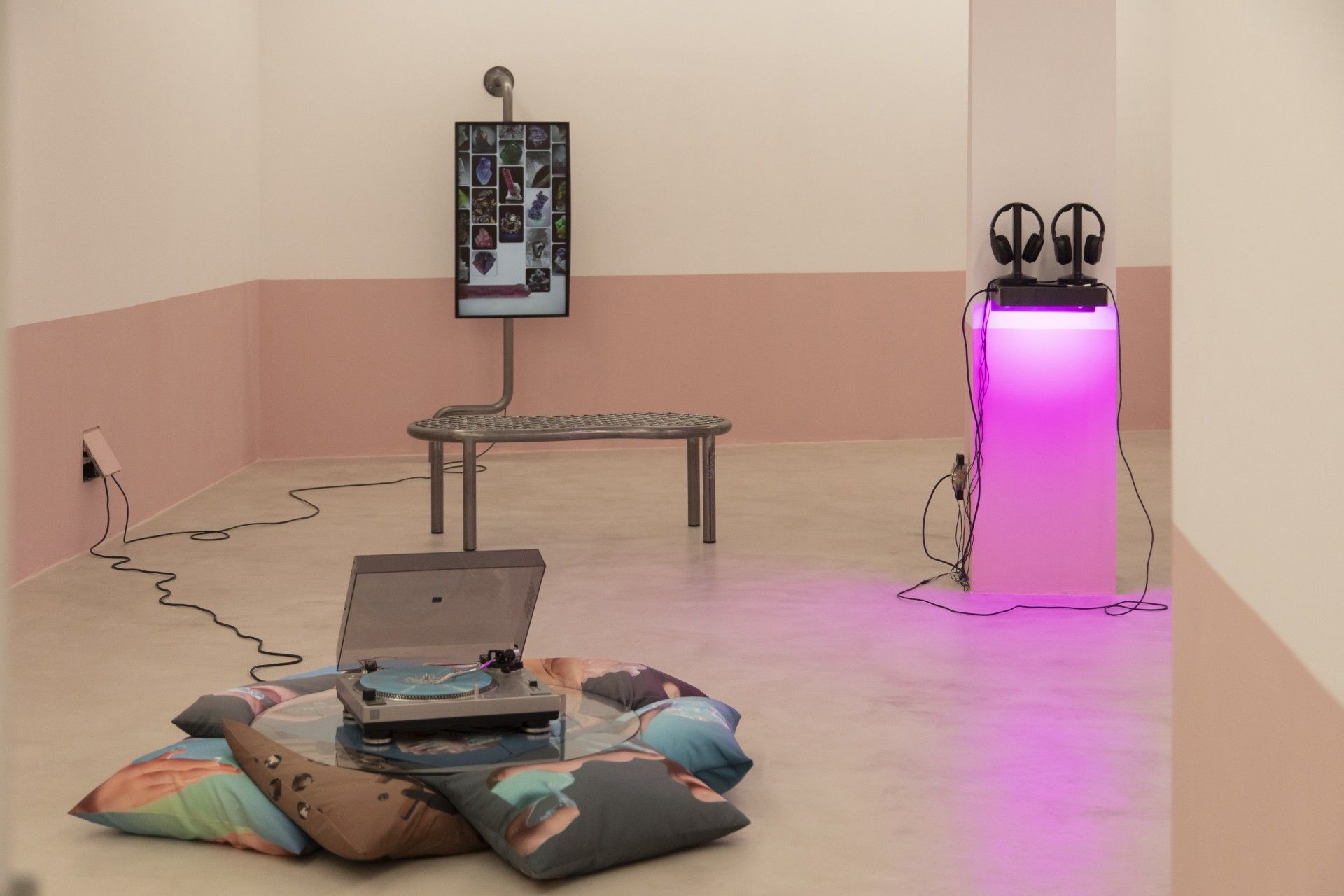
The Wormhole Burrow
"A great many, if not most, of these things have been described, inventoried, photographed, counted or enumerated. My aim in the pages that follow has been rather to describe the rest: what is not generally noted, what is not noticed, what is unimportant: what happens when nothing happens except weather, people, cars and clouds." Georges PEREC, An Attempt at Exhausting a Place in Paris, 1975 "It is neither," replied the voice of the sphere parsimoniously, "it is knowledge; it is the three dimensions: open your eyes again and try to look steadily." A. SQUARE, Flatland, 1884 The future stopped surprising us a long time ago, the great advances that were to come, the marvel of a wireless telephone or communicating by seeing someone on the other side of the world were assumed with astonishing normality. Some theorists have gone so far as to claim that the turn of the millennium meant the end of surprise, that in the nineties of the last century we could still experience astonishment... It is almost two decades since Jameson published Archaeologies of the Future (2005) or since Documenta XII articulated its discourse around the idea of modernity as our antiquity (2007). The beginning of the century was built on the ruins, on fragments of utopias that no longer had a place in a time beyond us, but that showed themselves to us between our fingers, in front of our eyes... keys, screens, clicks.
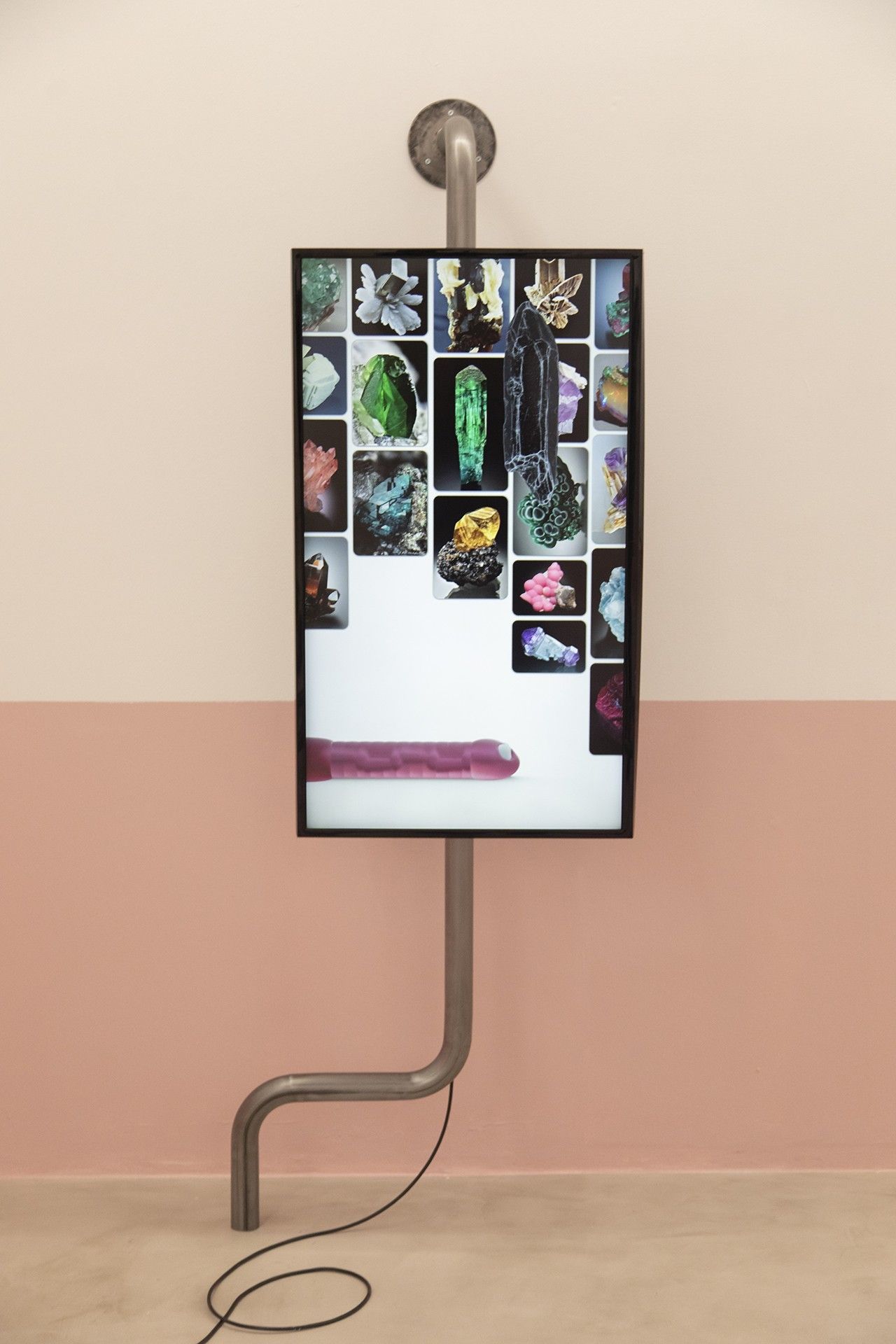
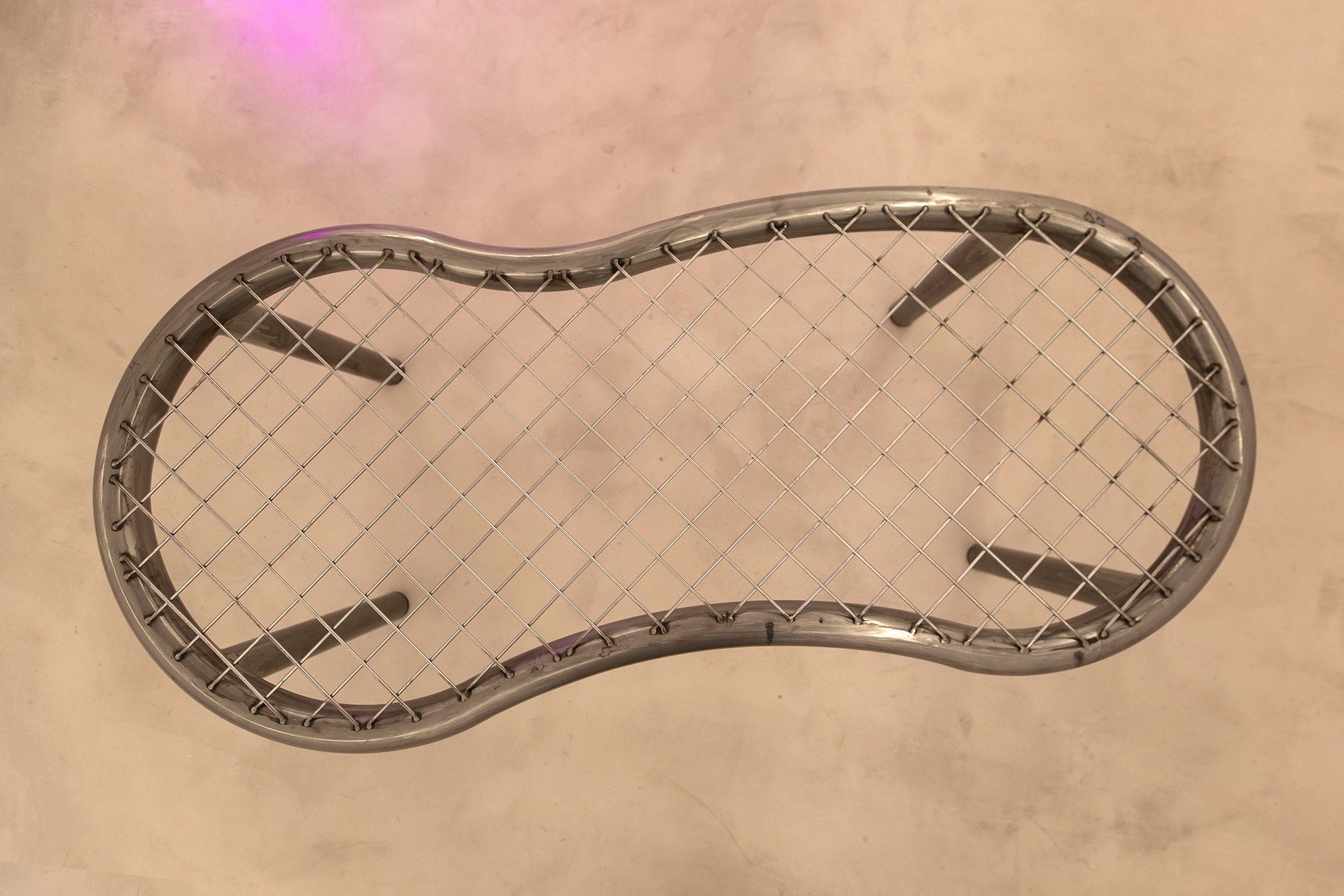
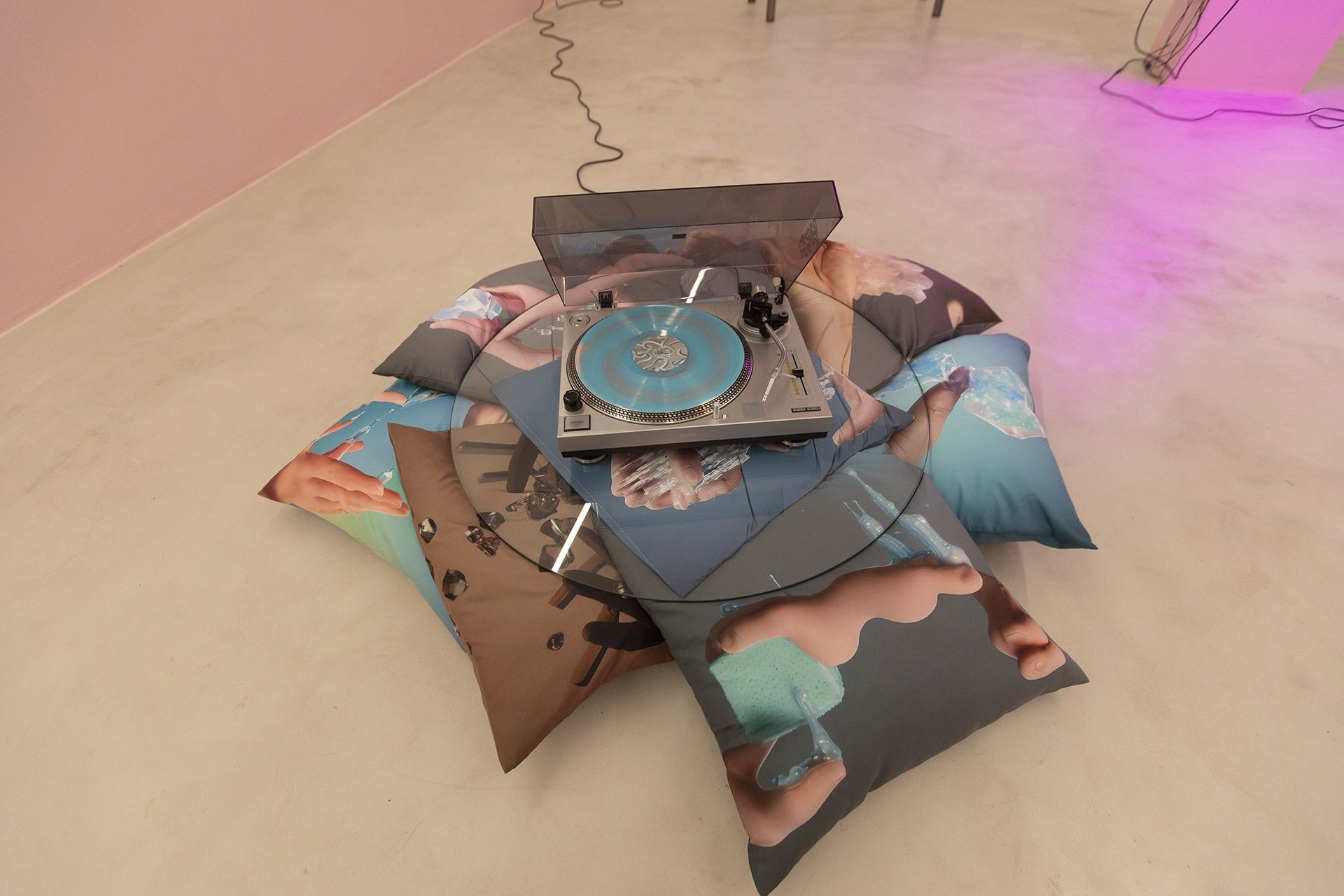
Available works
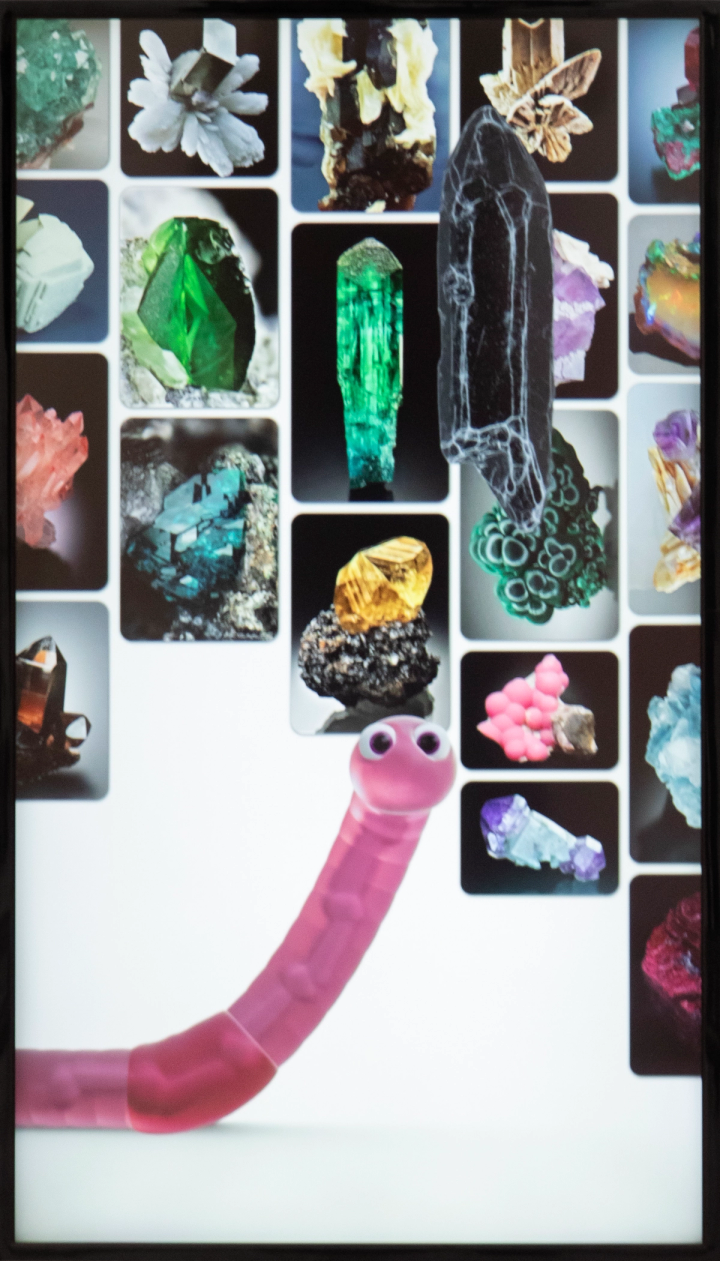
Annelida (Animation) Sarah & Charles
Animation with stereo sound 4"22' Ed. 3/2 + 2 AP
This work has been exhibited in the following exhibitions: W.O.R.M. / 2022 W.O.R.M.
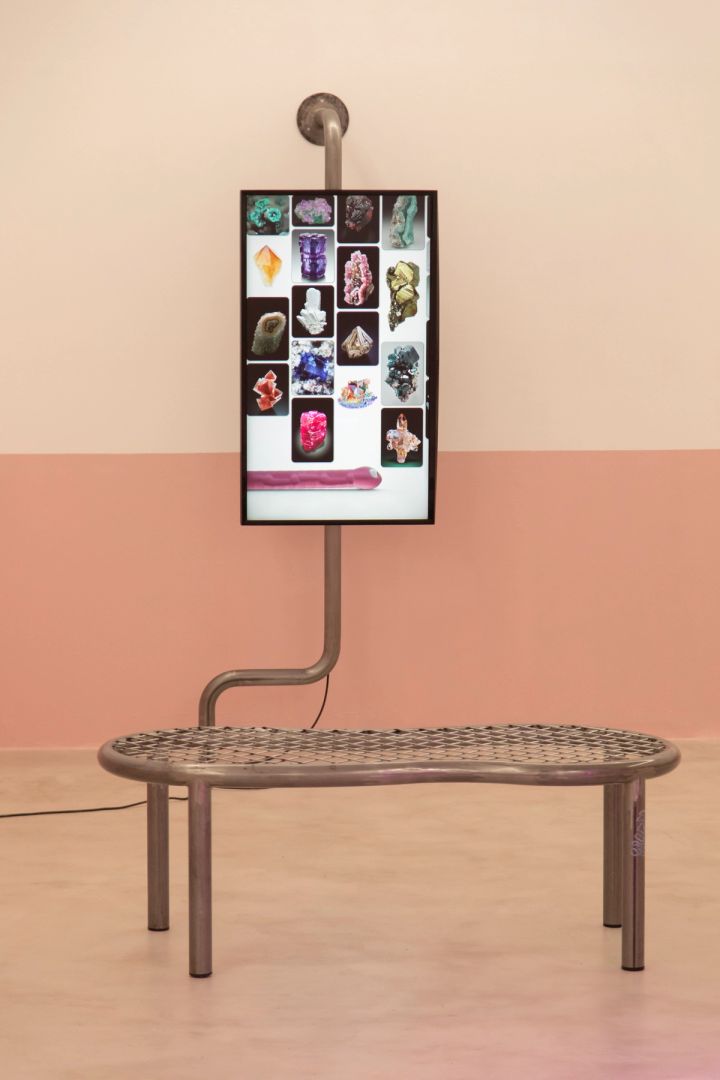
Annelida (Installation) Sarah & Charles
Animation with stereo sound (4"44'), galvanized steel support and bench Ed. 1/1 + AP
This work has been exhibited in the following exhibitions: W.O.R.M. / 2022 W.O.R.M.
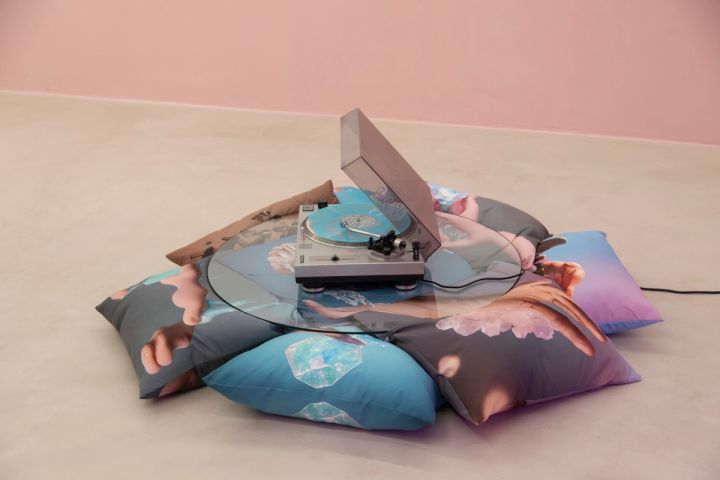
Hands On Sarah & Charles
Installation, glass round table with print cushions Variable measurements Ed. 1/2 + AP
This work has been exhibited in the following exhibitions: W.O.R.M. / 2022 W.O.R.M.
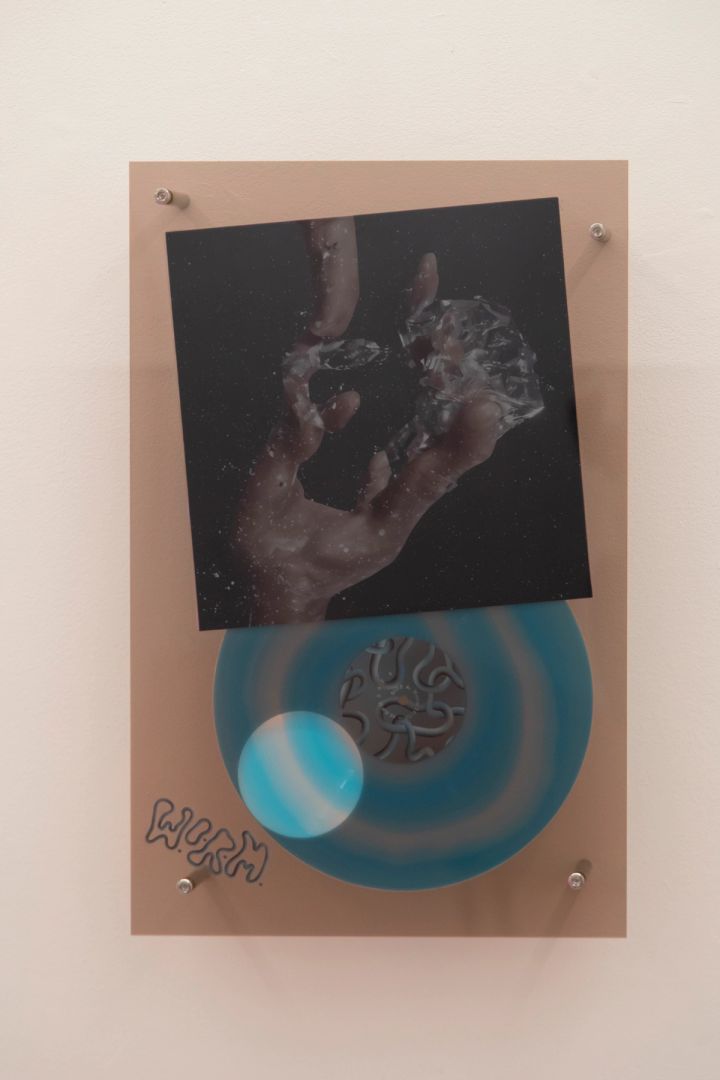
W.O.R.M. (Vynil Edition) Sarah & Charles
Music vinyl between laser-cut methacrylate sheets Ed. 1/12 + AP
This work has been exhibited in the following exhibitions: W.O.R.M. / 2022 W.O.R.M.

W.O.R.M. (Vynil) Sarah & Charles
Music vynil
This work has been exhibited in the following exhibitions: W.O.R.M.
Related exhibitions

W.O.R.M. / 2022 Christto & Andrew,Sarah & Charles
From March 21 to May 16, 2025

